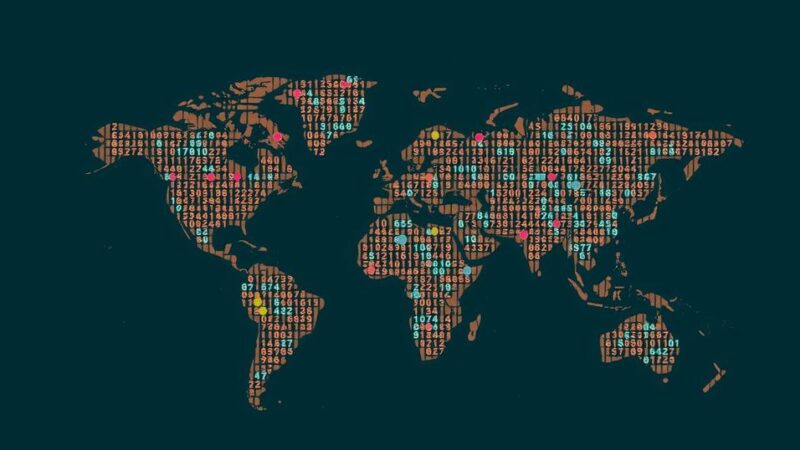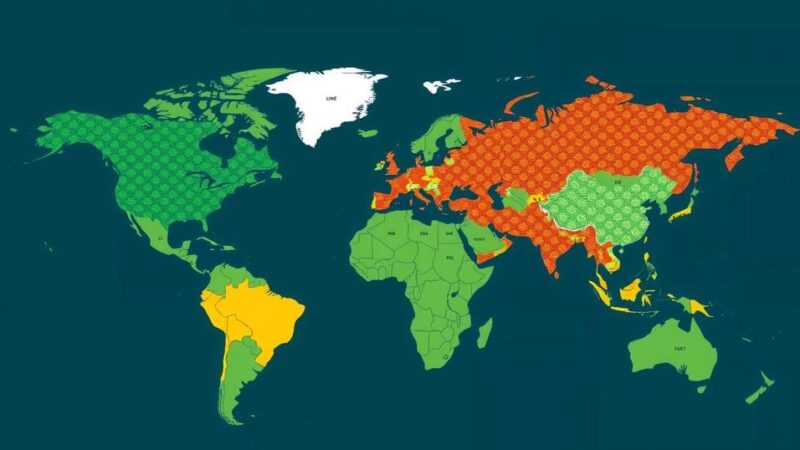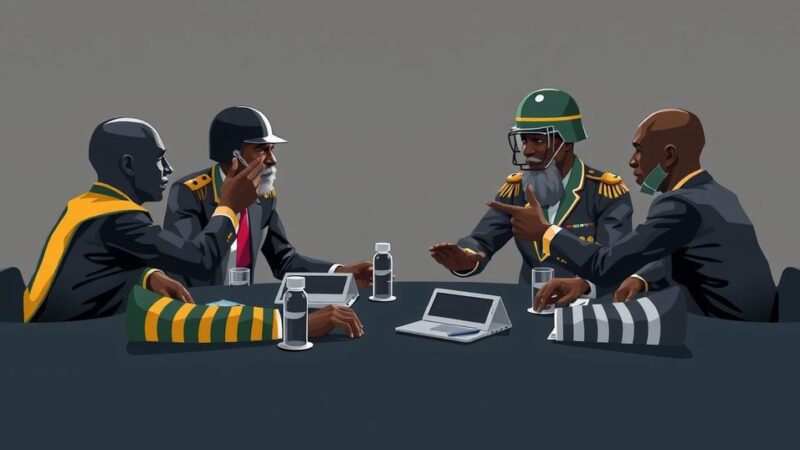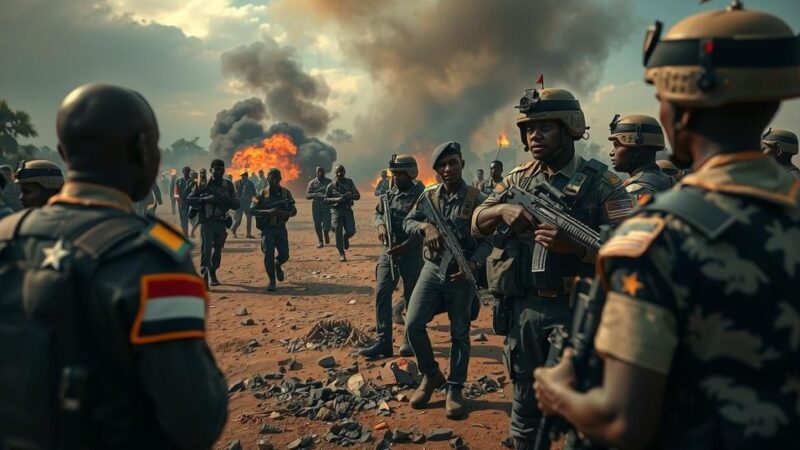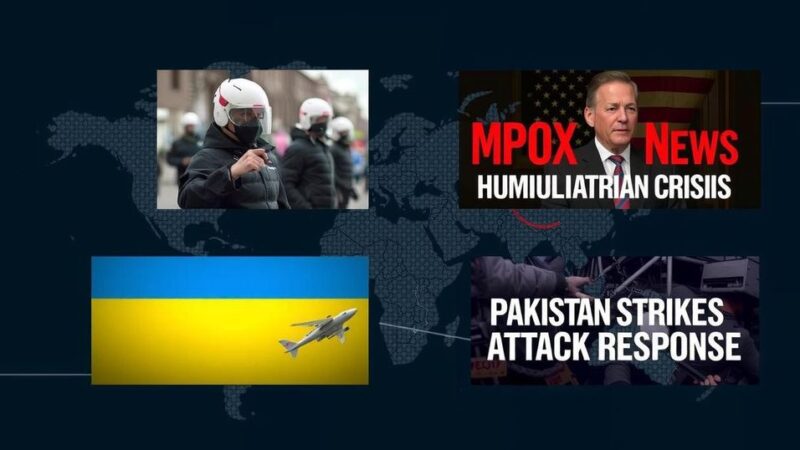The conflict in Sudan has escalated with violent clashes in Khartoum between the military and the Rapid Support Forces (RSF) led by General Hemedti, stemming from unresolved issues regarding the integration of RSF into the armed forces. Hemedti’s background as a former member of the Janjaweed militias and an outsider to the Khartoum political elite has positioned him as a pivotal figure in this intensified civil unrest. The RSF’s rapid rise to power reflects deeper historical tensions within Sudan’s governance and societal structures, highlighting a legacy of marginalization and political violence.
The ongoing conflict in Sudan has escalated dramatically, marked by lethal confrontations in the capital, Khartoum, as tensions mount between the military and the influential paramilitary group known as the Rapid Support Forces (RSF). Central to these hostilities is an unresolved dispute regarding the integration of the RSF into the national armed forces, a pivotal requirement of an unratified transition agreement that was supposed to take effect post-2021. The RSF is commanded by General Mohamed Hamdan Dagolo, widely referred to as Hemedti, who has played a significant role in the intensifying civil unrest, just as he has during previous pivotal moments in the history of Sudan. Hemedti’s RSF is composed primarily of Darfurian Arabs, often referred to as Janjaweed, who have evolved from peripheral actors to dominate Khartoum’s political landscape within a mere decade. Hemedti exemplifies the brutal political dynamics that have long plagued the Sudanese context. Through extensive experience in this region, including mediation roles in significant peace processes, I have observed the enduring complexities of Sudan’s governance and power struggles. Hemedti’s ascension illustrates a pattern of political enterprise embedded in violence, symbolizing the perils of mercenary politics being transplanted into the heart of Sudan’s political capital. Hemedti, hailing from the outer reaches of Sudan, is markedly distinct from the traditional Khartoum political elite. A school dropout turned businessman, he gained prominence through his military command in the Janjaweed forces during the tumultuous years of the Darfur conflict. Initially, he forged a critical alliance with Sudan’s government, leading to his rise as a general and consolidating power within the RSF. Under his leadership, the RSF has morphed into a formidable force that eclipses the state’s waning authority. Hemedti’s relationship with former President Omar al-Bashir cultivated further loyalty, allowing him to expand both his military might and financial resources. Notably, significant revenue streams arose from his control of Sudan’s gold mines and lucrative military contracts, further bolstering the RSF’s power. In contrast, the Sudanese army has gradually transformed into a ceremonial entity, possessing impressive hardware but lacking practical combat experience as other military and security forces, including paramilitary units, have filled the gaps in domestic and international conflicts. However, there is a complex narrative underpinning Hemedti’s rise. Historically, Sudan’s rulers have originated from the Nile’s banks, with the notable exception of the Darfurian Khalifa Abdullahi al-Ta’aishi, whose rule in the late 19th century instilled long-lasting fears among the established elites. Hemedti embodies a similar terror through his outsider status and affiliation with marginalized groups. The implications of his ascendance underscore a reaction to systemic grievances, but this reality poses a profound irony: the marginalized are now represented by a figure epitomizing mercenary practices.
The conflict in Sudan is deeply entrenched, rooted in the historical dynamics of power, marginalization, and violence that have characterized the country’s political landscape. The current clash hinges on a pivotal disagreement regarding the transitional military arrangements and the integration of paramilitaries into the national armed forces. The RSF, under Hemedti’s command, has become a powerful political and military actor, challenging the conventional structures of authority and demonstrating the volatility of ethnic and regional tensions in Sudan. The history of the RSF, particularly its connections to the Janjaweed militias and their role in the Darfur conflict, informs much of the current political turmoil. Previous governments have exploited local tensions, leading to patterns of violence that have now come to roost within the capital.
The conflict in Sudan signifies a disastrous confluence of historical inequities and modern political machinations. General Hemedti’s emergence as a central figure in this crisis highlights the troubling interplay between mercenary forces, the state, and traditional power structures. As the situation evolves, the ramifications of these developments will undoubtedly shape Sudan’s future, as well as its prospects for peace and stability.
Original Source: www.thedailystar.net

